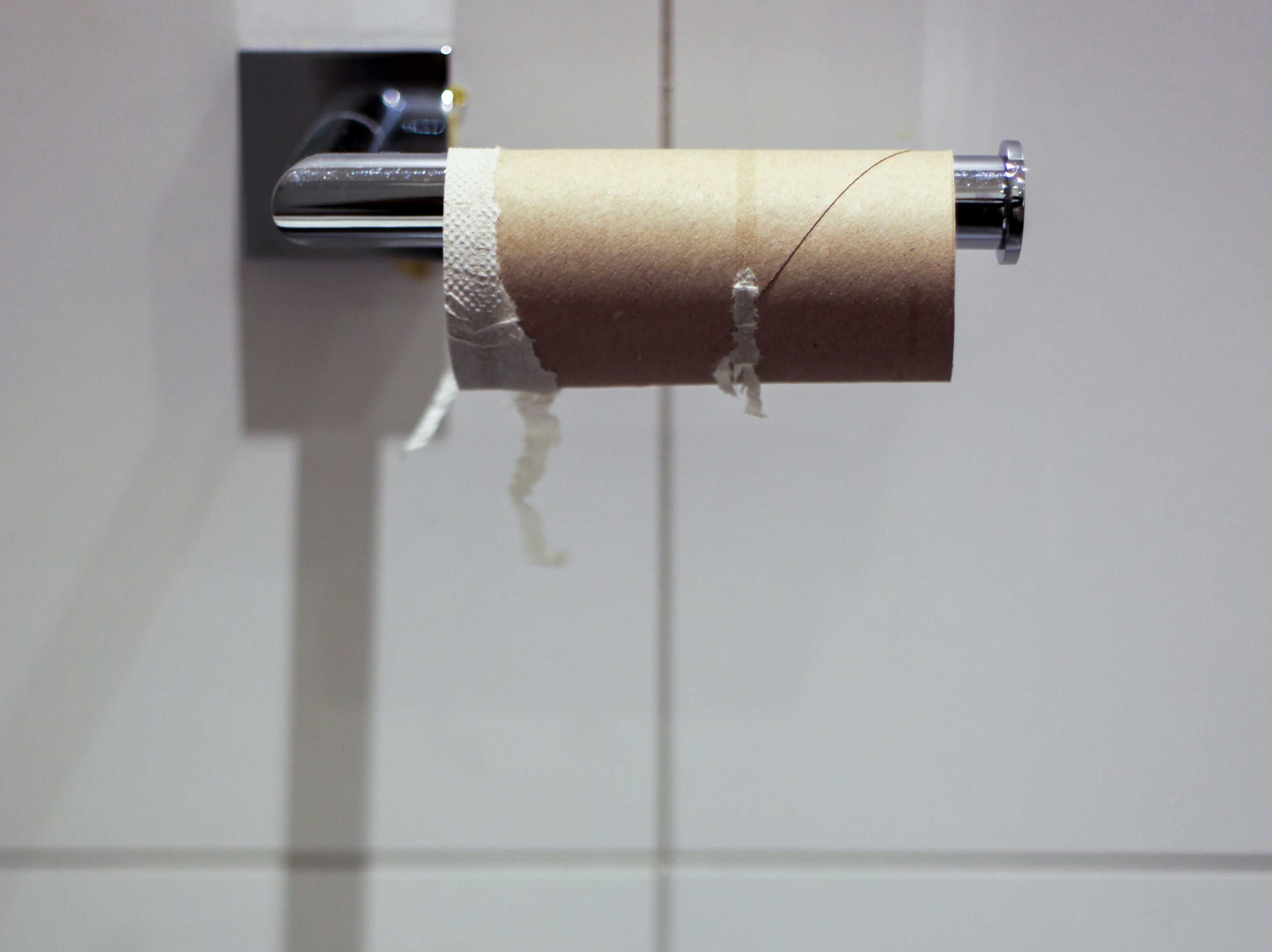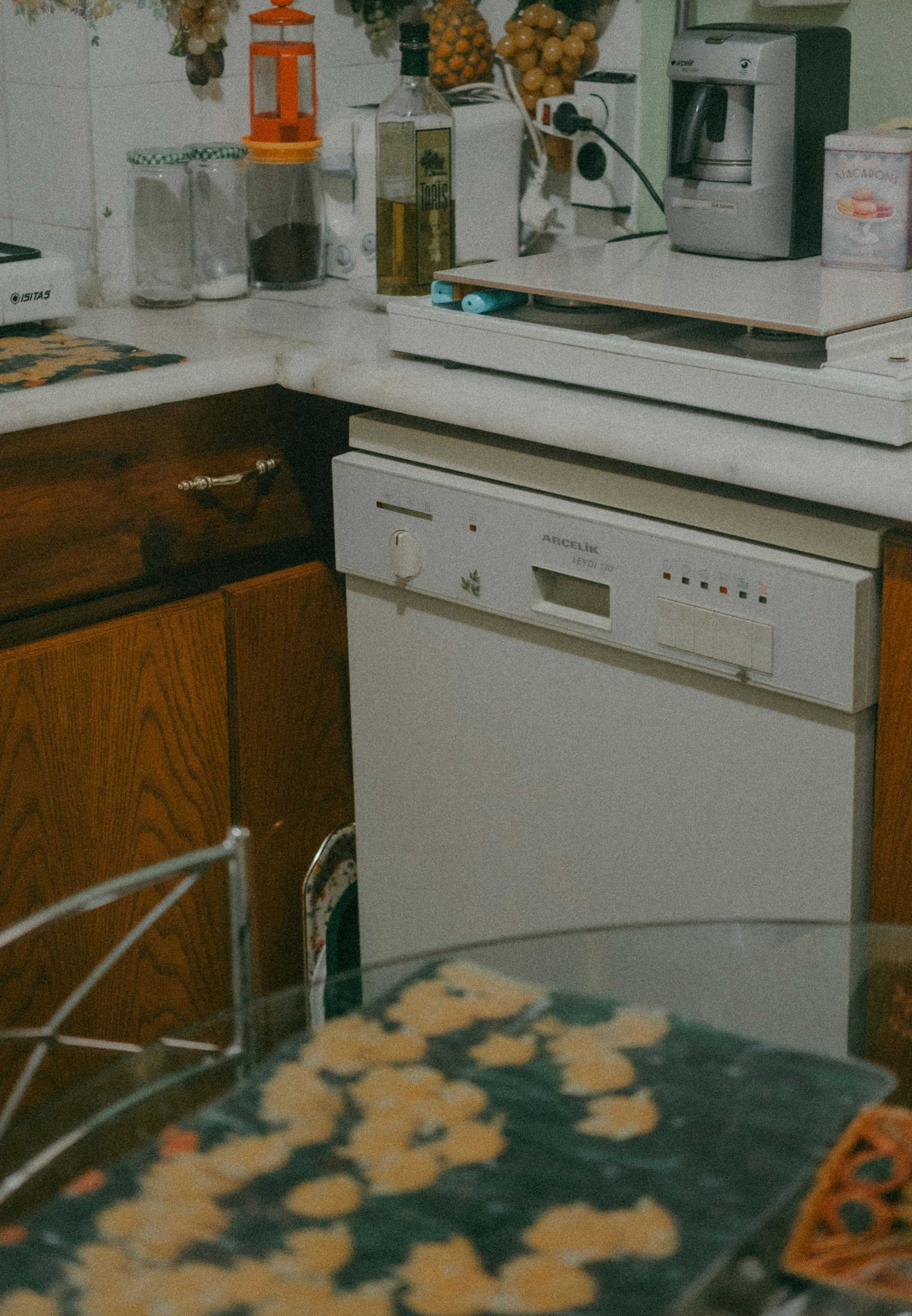Exhausted mom quits doing any household chores and shares what happened after just 3 days
Someone loaded the dishwasher! But didn't get run for days.
It may seem obvious, but takes a heck of a lot more than most of us think to keep a household moving. Dishes, laundry, groceries, general cleaning and tidying, outdoor maintenance, scheduling, doctor's appointments, and on and on and on. In most American households, mom handles most of it; the majority of the physical labor and almost all of the invisible, mental work.
If it sounds like a lot, that's because it is. Though men and fathers are sharing the load more than ever, the division of labor remains pretty bad on average. And it's not just stay-at-home moms that are managing everything; it's working women, too! It's too much for any one person to handle.
Practically every mom I know occasionally daydreams about quitting-doing-all-the-things. Sometimes the impulse is born of exhaustion. Sometimes it's the relentless daily tedium of cleaning, cooking, reminding, over and over and over without end. And sometimes it's the desire for someone else to notice that these things actually need to be done and someone has to actually do it.
Even moms who share chores with spouses and kids often find themselves carrying the mental load of figuring out what needs to be done, monitoring whether it's getting done, and organizing who's doing what, and reminding/nagging/harassing her family members until it gets done. Sometimes moms just want to let all of that go and see what happens.
- YouTube www.youtube.com
One mom, who goes by Miss Potkin on Twitter/X, recently decided she had enough. She decided, just like that, that she was going to quit without saying a word.
Channeling the fed-upness of mothers everywhere, she just up and stopped doing household chores to see what would happen. Two days later, she began sharing the saga in a Twitter thread that's as entertaining as it is satisfying.
"Who will blink first?" she wrote alongside a picture of a mountain of dirty dishes.

Needless to say, without Lily managing things, the state of the home unraveled extremely quickly.
Letting go and letting your family sit in their own filth until they can't take it anymore takes patience and discipline. There's a reason moms generally do-all-the-things regardless of how cooperative the family is. We don't want to live in a mess any more than anyone else does. But Lily Potkin stuck to her guns.
For a minute, things were looking promising with the garbage being taken out. However, the dishes still remained mysteriously undone. As did the laundry. Potkin provided up-to-the-minute updates as the state of the house went into a rapid decline.
It only got worse from there. Honestly, reading through the thread is like watching the beginning of a zombie flick where the "normal world" because an apocalyptic wasteland in a matter of minutes.
"There is a pan on the cooker with a single sausage in it," she wrote in one update. "It's been there for two days. I can't look at it because it's turned the colour of the man that washes up in Cast Away."

Later, she did reveal said sausage for the camera (from a distance). It was horrifying, to say the least.
Oh, and at this point, the downstairs bathroom was out of toilet paper. A harrowing prospect for all members of the house.
Those who might feel judgy at this point likely live with people who are naturally neat, or just can't fathom themselves how someone could let a sausage sit for two days.
But take it from a mom who let go of policing her kids' bedrooms to see how long it would take them to decide to clean on their own—some human beings are willing to overlook all manner of mess and filth before it becomes too much.
And sometimes they have to learn firsthand the amount of extra work such obliviousness leads to.

In one update from Potkin, she shows her partner trying to clean old hardened cereal off a bowl. It's quite a struggle. Imagine how much easier it would have been to clean it right away!
Hilariously, even though the dishwasher finally did get loaded, that's basically all that happened. Potkin shared a video tour of the kitchen with the extraneous things that didn't get done or got half-done. Just when she thought things were getting better, she wrote, "Spoke too soon. [Partner] has resorted to making tea with the baby’s weaning spoon and it using the emergency cup."
She shared that she went to take a hot shower for her own sanity, only to find that all the shampoo, body wash, and conditioner was empty. Why? Because she hadn't re-filled them and no one else had stepped up.
It speaks to the invisible load, the mental labor. Other members of the household may be willing to lend a hand here and there, but only when they're told exactly what to do. Even just the constant To-Do Listing is exhausting for moms.
Of course, the negative Nancies showed up to voice their judgmental opinions about her experiment, her home, her family, her choice of husband, and everything else because moms literally can't catch a break.
It's a silly, fun exercise to make a point that millions of moms can relate to. If it doesn't apply to you, move along, Nance.
Potkin took it all in stride. Though she was out to prove a point, the goal was not to vilify her husband and the rest of her family, but rather to shed light on the unfair cultural expectations and systems that lead to this inequality.
"We do not 'live like this,'" she wrote. "This is a lesson in wanting to be heard and respected and not having to repeat yourself when things slip. We're navigating the day-to-day in extraordinary times and for me, the past two days have been funnier than anything else. I think we're all entitled to run our own experiments, be amused, push a situation to its limit if we so choose. No one needs to be lectured by those that have failed to see the silly joy in what's happening here."
And the experiment slowly started paying off as someone miraculously replaced the toilet paper.
But the dishwasher, though loaded, remains firmly in the Off position. For reasons that are beyond comprehension.

"We keep our homes tidy because love," Miss Potkin wrote. "We cook food and set tables and fill the air with scents of roses and fresh laundry because love. Love is patient but love is also fucking tired because she works 14 hour days."
"I know we are ALL tired," she added, "but I am most tired. Me. I AM ALL THE TIRED."
All the moms are all the tired.
Miraculously, it only took three days of being completely hands-off for her family to take note and clean the house.
Lesson learned. Mission accomplished. Let's hope it sticks.
Potkin's thread was reposted over 42,000 times, which means the experiment got in front of a lot of eyeballs. Doubtless that some of them must have belonged to partners who are guilty of not quite pulling their fair share. Maybe the eye-opening and entertaining thread was enough to make a difference in households beyond just Potkin's.
It truly deserves to be read in its entirety, from the very beginning:
Moms are not always the ones who pick up most of the slack in a household, but they usually are.
Estimates say that, on average, women spend about twice as many hours per week on chores around the house. That's probably being generous to the average man. But even still, the inequity is clear as day. Moms are doing far too much work. That work hinders their sleep, raises the stress levels, and impacts their ability to earn and advance in their careers.
And when that work is taken for granted, it especially sucks.
When everyone in the house pays more attention and takes the initiative to tidy, neaten, clean, replace, launder, put away, etc., moms are less stressed and tired and everyone benefits. If it take up and quitting for a while to help the family see it, so be it.
This article originally appeared three years ago. It has been updated.
- Watch this mom accurately predict every adorable thing her toddlers say ›
- 'If we dismissed everyone the way we dismiss moms' video hits home, but not just for moms ›
- Mom stands up for woman mom- and fat-shamed for feeding kids powdered donuts for breakfast ›
- Moms rally around woman who planned entire family vacation but was met with only complaints ›
